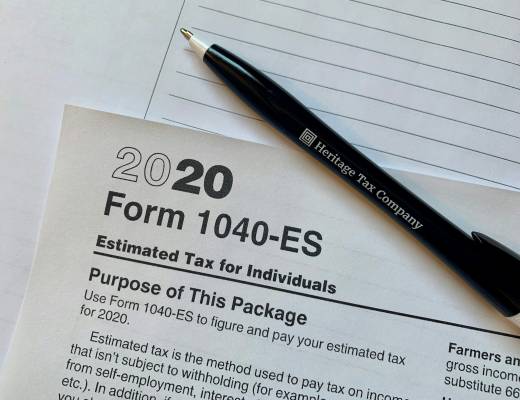The
daily Wordle puzzle from the New York Times continues to challenge word game enthusiasts worldwide. Players looking to maintain their winning streaks or improve their guessing strategies can benefit from expert guidance and tactical approaches.
For those unfamiliar with the game, Wordle gives players six attempts to guess a five-letter word, with color-coded feedback after each guess. Green tiles indicate correct letters in the right position, yellow shows correct letters in the wrong position, and gray represents letters not in the target word.
Strategic First Moves
Word game experts suggest starting with vowel-heavy words to establish the foundation of the puzzle. Common starting words like “ADIEU,” “AUDIO,” or “STARE” help identify vowels quickly, which can narrow down possibilities for subsequent guesses.
“The first guess is critical,” language experts note. “A strategic opening word that contains common letters gives you the most information to work with right from the start.”
Data analysis of past Wordle solutions shows that certain letters appear more frequently than others. The letters E, A, R, T, and S are among the most common in the English language and in Wordle solutions specifically.
Advanced Techniques
Beyond the first guess, experienced players recommend focusing on word patterns and letter frequency. After identifying some correct letters, consider their possible arrangements rather than guessing randomly.
Another effective technique involves using your second guess to test completely different letters from your first guess, even if you found some correct letters. This approach, sometimes called “
information theory,” maximizes the data gathered with each attempt.
“Wordle rewards methodical thinking over random guessing. The best players use each guess to eliminate possibilities systematically,” explains word game analysts.
Common Pitfalls to Avoid
Many players make avoidable mistakes that cost them valuable guesses. These include:
- Forgetting about double letters (like “APPLE” or “SWEET”)
- Overlooking less common letters (J, Q, X, Z)
- Fixating on a particular word pattern too early
- Not considering American vs. British spelling variations
The New York Times occasionally selects words with unusual letter combinations or less common vocabulary, which can trip up even experienced players who rely too heavily on common words.
Using Hints Effectively
For players who seek additional help, hints can provide just enough guidance without spoiling the puzzle entirely. Expert hints typically focus on:
Starting letters or ending patterns can narrow the field of possibilities while still preserving the challenge. Information about vowel count or unusual letter combinations offers structural guidance without revealing too much.
Some players prefer to know if the solution contains any repeated letters or if it’s a commonly used word versus a more obscure term.
The New York Times Wordle has evolved since its acquisition from creator Josh Wardle, occasionally featuring more challenging words than the original game. This evolution keeps the game fresh for daily players while sometimes increasing the difficulty.
Whether you’re a casual player or a dedicated word game enthusiast, approaching each day’s puzzle with a combination of strategy, linguistic knowledge, and patience remains the best formula for success. As the game continues to captivate players worldwide, these expert techniques can help maintain winning streaks and enhance the daily word puzzle experience.







